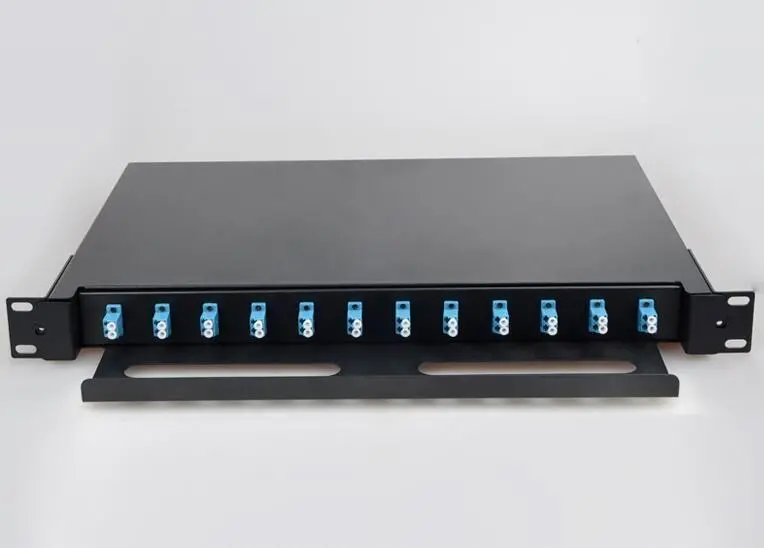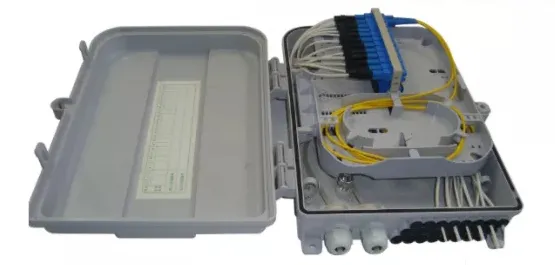Optical fiber distribution box and fiber termination box are indispensable accessories in the installation and use of optical fibers. These accessories have similar appearances at first glance, and even the same way of use, which is easy to confuse. This article will start from these two accessories, briefly compare them, and introduce their similarities and differences.
Similarities
These two connectors have four obvious similarities, such as the main functions, which can be summarized as follows:
- When the fixed-function optical cable enters the rack, its outer sheath and strengthening core should be mechanically fixed, ground wire protection components should be installed, end protection treatment should be carried out, and the optical fibers should be grouped and protected.
- Fusion splicing function, the optical fiber drawn from the optical cable is fused with the tail cable, the redundant optical fiber is coiled and stored, and the fusion splicing joint is protected.
- Adapters and connectors can be flexibly inserted and removed; the optical path can be freely deployed and tested.
- Appropriate space and methods meet the minimum bending radius requirements.
Differences
Since there are many similarities in function, but there are obvious differences in appearance and installation, we will summarize and introduce the two connectors respectively.
Fiber Termination Box

Conventional ports: 8 ports, 12 ports
Use environment: wall or desktop
The optical fiber termination box is usually placed at the end of the horizontal optical cable. The equipment connected by the optical jumper connected from the optical fiber termination box through the coupler is the closest connection point to the terminal (switching device or PC), usually 8 ports.
Fiber Distribution Box

Conventional ports: 24 ports, 48 ports
Use environment: inside the corridor
Optical fiber distribution box is an interface device used to connect the main optical cable and distribution optical cable outdoors, in corridors or indoors. Commonly used in optical network laying of FTTH all-optical network. It is also a small box that we often see in the corridors in our daily life.
Conclusion
So we can conclude that the difference between these two products mainly lies in two points: the number of interfaces is different and the use environment is different. They themselves do not participate in data transmission, but mainly the application environment and the different services of the required ports, installed where they are needed.
